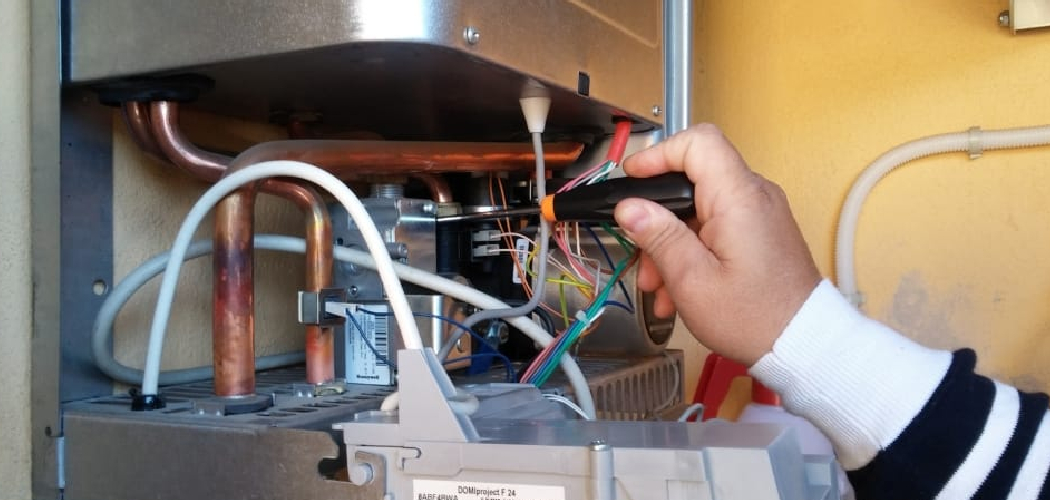Understanding faucet thread size is crucial for any plumbing task, as it refers to the diameter and pitch of the threads found on the faucet spout. This measurement ensures compatibility with various attachments, such as aerators, adapters, or hoses.
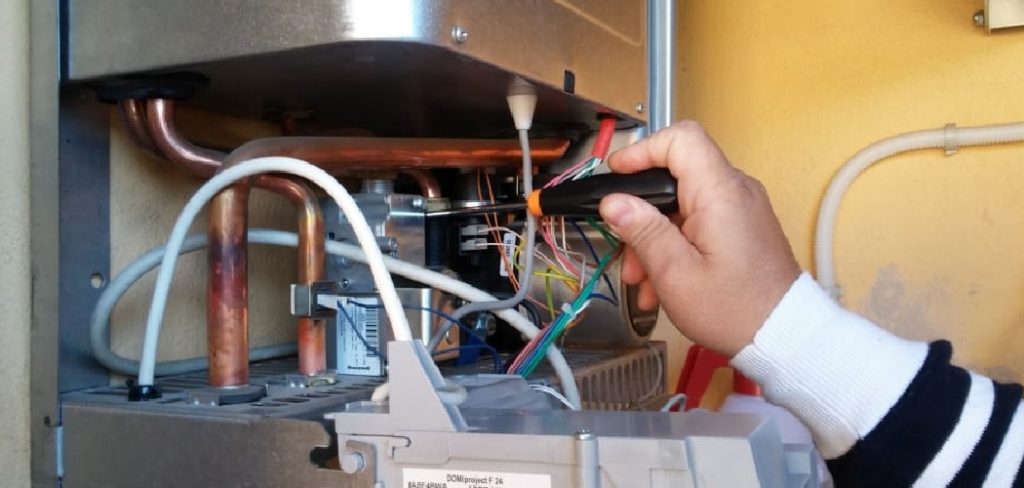
Knowing the correct thread size is essential for selecting the right replacement parts and preventing leaks that can lead to water wastage and potential damage. Accurately measuring faucet thread size involves using appropriate tools and techniques to achieve precise results.
In this guide, we will explore how to measure faucet thread size effectively, providing you with clear methods to ensure that you select the correct fittings for your needs. By understanding this process, you can confidently tackle any faucet-related project without the fear of incorrect installations.
Tools Needed for Measuring Faucet Thread Size
Tools
To accurately measure faucet thread size, you will need a few essential tools: a thread gauge for determining pitch, a caliper for precise diameter measurements, and a ruler or measuring tape for general length measurements. These tools will ensure you obtain reliable and exact results.
Materials
In addition to the tools, having a reference chart for thread sizes—such as NPT (National Pipe Thread) or BSP (British Standard Pipe)—will aid in identifying the correct specifications. It’s also helpful to keep a pen and paper handy for recording your measurements, allowing for easy reference during the selection of fittings.
Understanding Faucet Thread Types
Male vs. Female Threads
When dealing with faucets and their attachments, it’s important to distinguish between male and female threads. Male threads, or external threads, protrude from the faucet spout, while female threads, or internal threads, are recessed and designed to receive male threads.
To identify the thread type, examine the faucet spout closely; it is male if it has visible threads on the outside. Conversely, if the threads are inside an attachment, then the faucet has female threads.
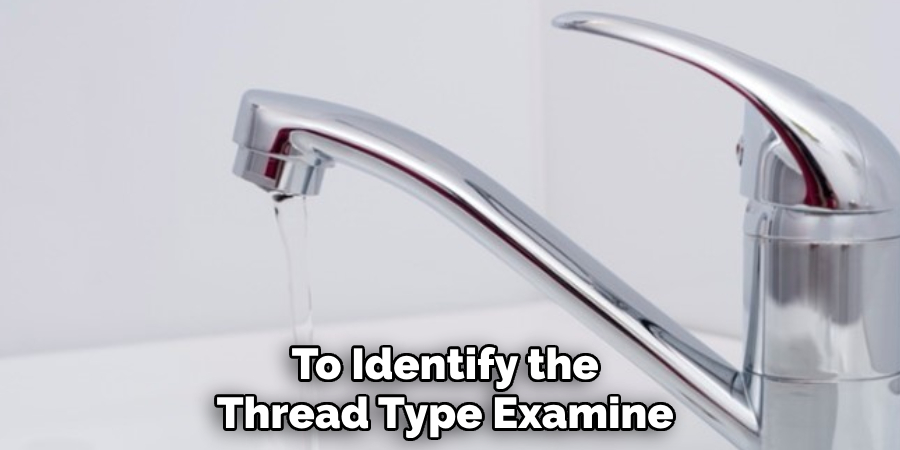
Standard Thread Types
The most common thread standards used in faucets include the National Pipe Thread (NPT) and the British Standard Pipe (BSP). These standards help ensure compatibility across various fixtures.
Additionally, it’s vital to understand metric versus imperial thread measurements; metric measurements are expressed in millimeters, while imperial measurements use inches, affecting the selection of compatible fittings.
Aerator Threads
Faucet aerators adhere to specific standard thread sizes: male aerator threads typically measure 15/16″-27, while female aerator threads measure 55/64″-27. Familiarity with these sizes is significant in the U.S. market, as selecting the correct aerator is essential for water flow efficiency and performance in residential plumbing.
How to Measure Faucet Thread Size: Step-by-Step Guide
Step 1: Determine Thread Type
The first step in measuring your faucet thread size is to identify whether your faucet has male or female threads. Inspect the faucet spout closely: external male threads will appear as protruding threads, while female threads are recessed and designed to fit the male threads of attachments.
Additionally, checking the faucet for any manufacturer markings or labels can provide vital information regarding the thread size or standard used, which can save time in your measurements.
Step 2: Measure the Thread Diameter
A caliper is the most precise tool for accurately measuring the thread diameter. For male threads, position the caliper to measure from the outer edge of one thread to the opposite outer edge, ensuring that the measurement accounts for the complete width of the threads.
If measuring female threads, use the caliper to gauge the inner diameter. If you do not have a caliper, you can alternatively use a ruler or tape measure. To do this, measure across the center of the threads, taking care to be as precise as possible. Recording your measurement in both inches and millimeters is essential, as this allows for easier comparison with standard sizes later on.
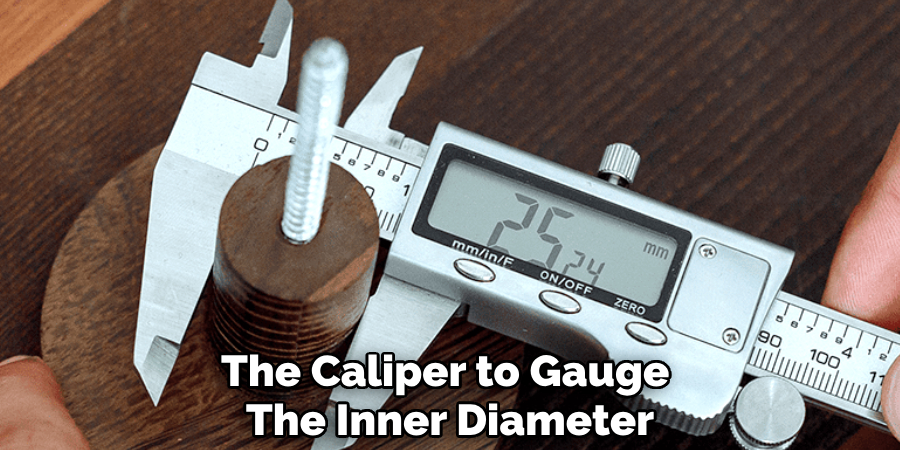
Step 3: Measure Thread Pitch
Measuring the thread pitch is crucial for compatibility, and a thread gauge makes this process straightforward. Align the gauge with the threads to find the correct pitch, which is the distance between each thread.
If you do not have a thread gauge, an alternative method is to count the number of threads within a specific length, such as one inch. Divide the number of threads by that length to determine the pitch. This calculation will help you gain insights into the thread characteristics of your faucet.
Step 4: Compare to Standard Thread Sizes
Once you have your measurements for diameter and pitch, the next step is to compare them to a thread size chart. A reference chart can help you match your measured values to standard faucet thread sizes.
Familiarize yourself with common sizes, such as the 1/2″-14 NPT or 3/4″-11.5 NPT, and assess whether your measurements align with these standards. This comparison ensures you can confidently select compatible parts and fittings for any faucet-related project you undertake.
Special Considerations for Different Faucet Types
Kitchen vs. Bathroom Faucets
Regarding faucet types, kitchen faucets typically feature larger thread diameters, particularly for attachments like sprayers or filtration systems. In contrast, bathroom faucets often have smaller diameters, which may require different sizing when selecting compatible fittings to ensure a proper seal.
Outdoor Faucets
Outdoor faucets, commonly called hose bibs, frequently utilize distinct thread standards, such as 3/4″ GHT (Garden Hose Thread), specifically designed for attaching garden hoses. Understanding this variation is essential for ensuring the right connections when working with outdoor plumbing.
Custom or Vintage Faucets
Custom or vintage faucets often come with non-standard thread sizes, making it crucial to measure accurately before selecting replacement parts. In some cases, you may need to use custom adapters to accommodate these unique configurations, ensuring that the installation remains leak-free and functional.
Common Mistakes to Avoid When Measuring Faucet Threads
Misidentifying Thread Type
One of the most significant mistakes is misidentifying whether the threads are male or female. This crucial distinction influences both measurements and compatibility with attachments. Failing to recognize this difference can lead to selecting an incorrect fitting, resulting in leaks or improper installations.
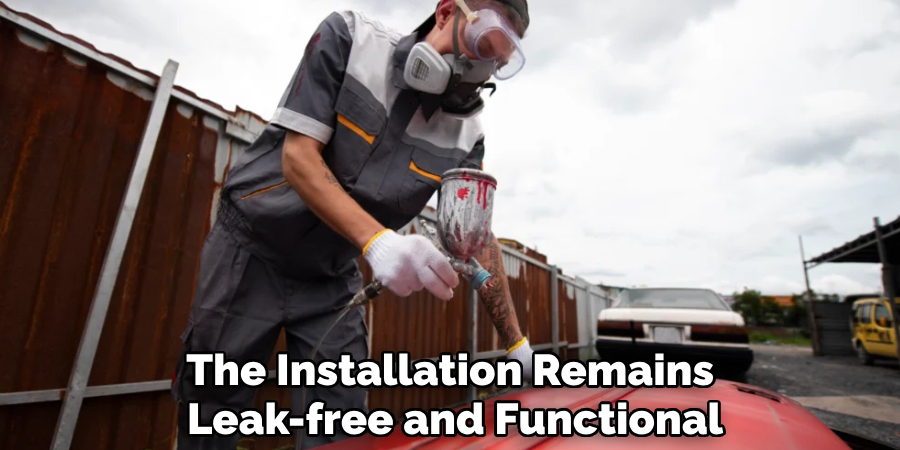
Inaccurate Measurements
Measurement errors are another common pitfall, often stemming from measuring at an angle or using inappropriate tools. For example, using a standard ruler instead of a caliper can lead to inaccuracies. To avoid these issues, always ensure that measurements are taken straight on and employ the right tools to maintain precision and reliability.
Overlooking Thread Pitch
Many individuals focus solely on thread diameter, but neglecting thread pitch can compromise the effectiveness of fittings. Accurate thread pitch measurement is essential to properly fit with attachments or adapters. Always measure diameter and pitch to achieve the best project results.
Tips for Finding the Right Faucet Attachments
Check Compatibility
Before purchasing any faucet attachment, always check compatibility with your faucet’s thread size and type. Read through the packaging or product description for information on the specifications of attachments or adapters. Ensuring that the measurements align with your faucet can prevent costly mistakes.
Use Adapters
If you discover that your faucet’s thread size does not match the attachment required, consider using thread adapters. These handy fittings allow you to connect different sizes or thread types seamlessly. To find the right adapter, consult a thread size chart and ensure that both the input and output match your needs.
Consult a Professional
If you’re in doubt about the correct thread size or which attachments are suitable, it’s wise to seek help from a professional. A plumber or a knowledgeable hardware store employee can provide expert advice and guide you to the appropriate fittings for your specific faucet type, ensuring a hassle-free installation.
When to Call a Professional
Complex Faucet Setups
If you encounter a faucet with a complex setup, such as multiple connections or unique configurations, it might be best to call a professional plumber for assistance. Their experience in dealing with intricate plumbing systems ensures that no details are overlooked, leading to a more reliable installation.
Custom or Unusual Faucets
Custom or unusual faucets often come with unique specifications that standard measurements can’t accommodate. In such cases, a professional assessment can help determine the correct attachments or adapters needed, saving you time and potential frustration in the process.
Preventing Damage
Incorrect measurements or overly forceful attachment attempts can damage the faucet and plumbing significantly. When unsure about the compatibility of faucets and fittings, it’s advisable to seek professional help to avoid costly repairs. Ensuring a proper fit from the start can lead to a more efficient and long-lasting installation.
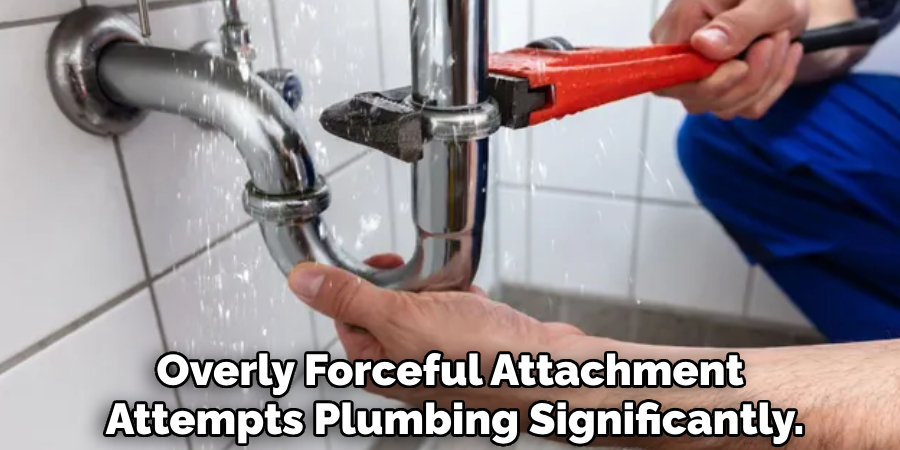
Conclusion
When learning how to measure faucet thread size, it’s vital to follow a systematic approach to ensure accuracy. Start by determining the thread type—male or female—before measuring the thread diameter and pitch.
Next, compare your measurements against standard sizes using a reference chart to find suitable fittings. It’s important to underline the significance of precision; using the correct tools, such as calipers and thread gauges, can prevent costly mistakes in selecting attachments.
Finally, take your time during the measurement process to avoid frustration and ensure that the attachments you choose fit properly. By adhering to these steps and prioritizing accuracy, you can confidently tackle any faucet-related project with the right components for a seamless installation.

